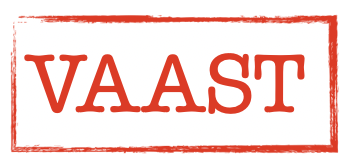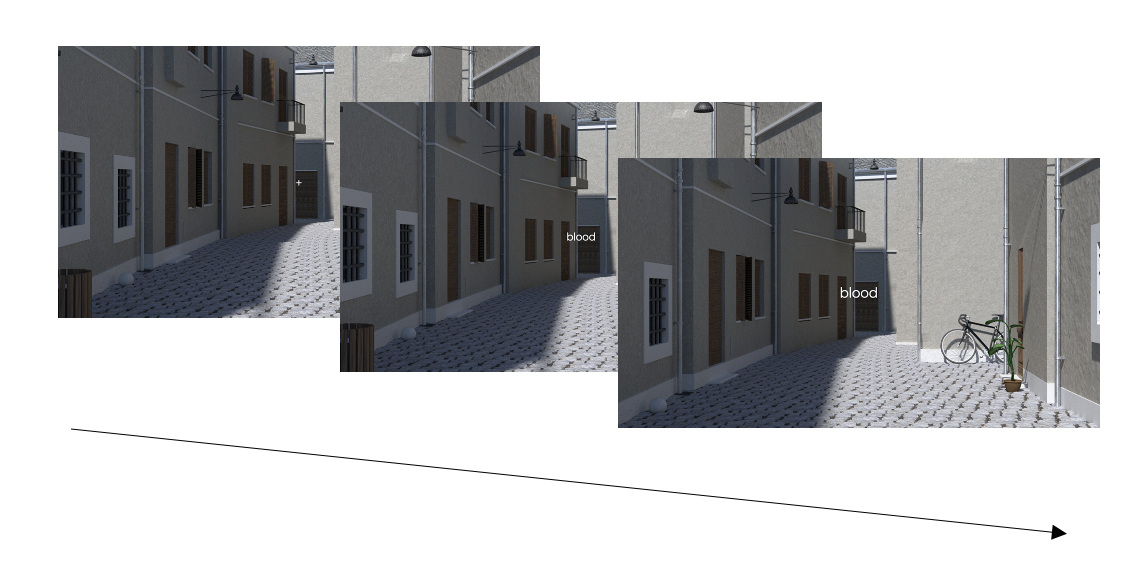The Visual Approach/Avoidance by the Self Task
26/10/20 13:09 Filed in: Social Psych. | Emotion

Approaching or avoiding social or non-social stimuli can be a matter of survival. Hence, deciding very quickly can be quite functional. To do so, relying on past experiences could be helpful. In our previous work, we relied on a grounded cognition framework to design a task measuring approach/avoidance tendencies. This task is characterized by the fact that it simulates visually what happens when one moves their whole self toward or away from stimuli. For this reason, we named it the VAAST for Visual Approach/Avoidance by the Self Task. This task has proven to be highly robust in producing approach/avoidance compatibility effect, namely faster to approach positive stimuli and avoid negative stimuli than to approach negative stimuli and avoid positive stimuli.
In a first contribution, we presented the task and used it to rehabilitate how crucial sensorimotor aspects are in producing this approach/avoidance compatibility effect (Rougier et al., 2018). In a second contribution, we showed that this task can also be highly effective in an easy-to-use online version of the task (Aubé et al., 2019). In a third contribution, we showed that this task can be used as an indirect measure to study approach/avoidance tendencies regarding social stimuli (Rougier et al., 2020). In this contribution, we notably showed that the VAAST can produce compatibility effect in favor of the ingroup whether this ingroup is of high or low social status. We also showed that the VAAST can predict—to a similar extent than the IAT—trustworthiness judgment of ingroup and outgroup faces. In a fourth contribution, we showed that the VAAST could be used (in an irrelevant feature version of the task where participants did not have to process the critical dimension of the stimuli) to measure approach/avoidance action tendencies toward cigarettes (Rougier et al., 2023). Finally, we also showed that the VAAST can be used as a manipulation (to train participants to approach vs. avoid stimuli) instead of a measure (Batailler et al., 2021).
